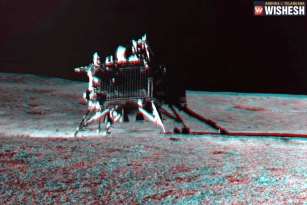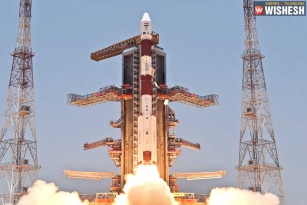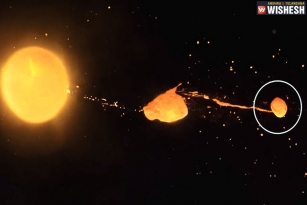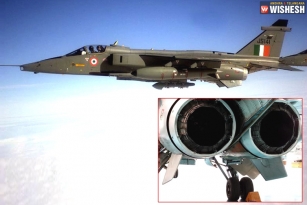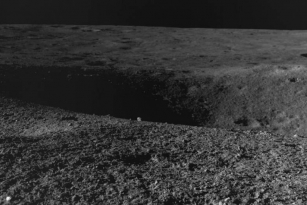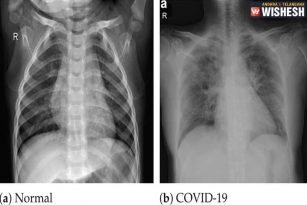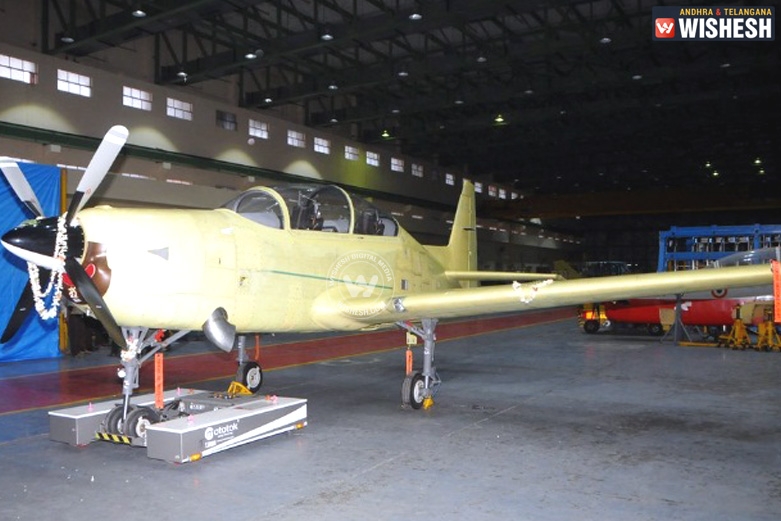
Hindustan Aeronautics Ltd (HAL)’s new basic trainer aircraft, the Hindustan Turbo Trainer - 40 (HTT-40) rolled out for the first time from the hanger, where it was built and began preparations for its first flight, in this month itself.
HTT-40 project was opposed by Indian Air Force (IAF) for years and sought to import over a hundred new trainers from Swiss company, Pilatus, to supplement the 75 Pilatus PC-7 Mark II trainers, it had already bought.
Several times, the IAF told the ministry that, the HTT-40 would be over-weight, over-priced and under-performing. But HAL continued development, committing company funds, more than Rs 350 crore.
“The project has managed to steer through the initial headwinds and now is going full throttle,” said HAL chief, T Suvarna Raju.
HAL media release stated, “The team composition of HTT-40 is the youngest ever on any prototype program in HAL.”
Finally, IAF now got convinced about the viability of HTT-40, and is willing to take charge of the project.
In a demonstration of confidence, however, HAL insists on funding and controlling the project, until the trainer takes to the skies. After that, the HTT-40 will be overseen by an “integrated project management team” (IPMT), headed by Air Marshal Rajesh Kumar, who attended the rollout.
The HTT-40 will undergo a series of ground tests, before actually flying. Firstly, the US firm, Honeywell, which has supplied the TPE-331-12B engine, will make sure that it is properly integrated with the airframe.
After that, the HTT-40 will do low-speed and high speed taxi runs. Regarding high speed taxi runs, it will speed down the runway, coming close to lift-off, but remaining on the ground. Only after all systems are proven well on the ground, the inspectors would allow the aircraft to fly.
If everything goes well, within two years, the HTT-40 will complete its flight test programme and be inducted into the IAF from 2018.
HAL said that, the HTT-40 production line will build 2 trainers in 2018, eight in 2019, and reach its capacity of 20 per year, from 2020 onwards. Some 70 HTT-40 trainers will join the fleet, supplementing the 75 Pilatus PC-7 Mark II already in service; and another 38, whose purchase is currently in negotiation process.
HAL is looking beyond the IAF, at exporting the HTT-40 to air forces across the region. The designers say it can be developed into a capable ground attack aircraft, that would be ideal for countries like Afghanistan, which need to provide air support to their ground troops, but cannot afford full-fledged fighters.
“There are plans to weaponise and optimize HTT-40 aircraft”, said Suvarna Raju.
HAL says, “Its role includes basic flying training, aerobatics, instrument flying, navigation, night flying, close formation etc.”
For Stage-1 training of rookie IAF pilots, the PC-7 Mark II and HTT-40, both propeller-driven turbo-prop aircraft, will be used.
On the HAL-built Kiran Mark II, the Stage-2 training is currently being done. It could shift to the new Sitara intermediate jet trainer, which HAL is now completing after long delays. Finally, budding fighter pilots will do their Stage-3 training on the Hawk advanced jet trainer, which HAL builds under licence from BAE Systems.
By Phani Ch


